Rainwater is a healthy source of water supply, but the means of collecting it is quite challenging. Therefore, most people have given up with rainwater harvesting because it has a high rate of contamination.
Contamination may stem from environmental pollution, storage containers, and even from the connection pipe.
It is quite disturbing as, during drought season, some areas suffer from lack of water when they can have a constant supply of natural water.
To remediate this situation, we have gone the extra mile to give you detailed research on how to collect rainwater for drinking.
Rainwater harvesting is the process of collecting runoff water from water-resistant surfaces such as rooftops to store it for later use. The traditional method involves harvesting rainwater from the roof and channeling it into downspouts connected to some sort of storage vessel.
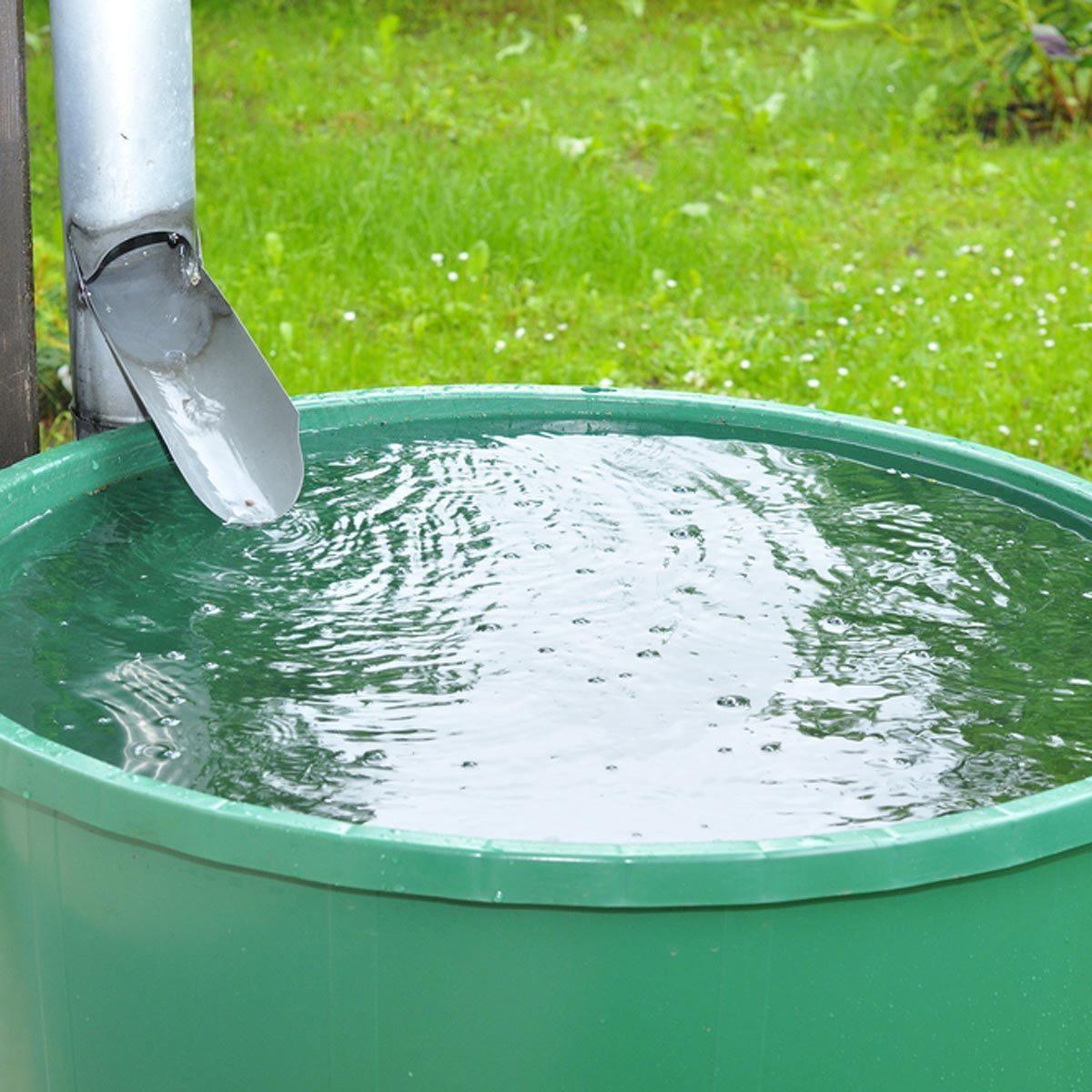
The collection of rainwater is known to various people in the world. Multiple terms have been used for it, such as rainwater collection, rainwater harvest, and rainwater catchment; they all mean the same.
We are sure that rainwater is a viable technology in the urban setting as it can be configured to provide healthy water for your whole home.
Methods of Rainwater Harvesting
There are several methods of harvesting rainwater. Here are three of the most effective ways of getting rainwater.
Surface Runoff Harvesting
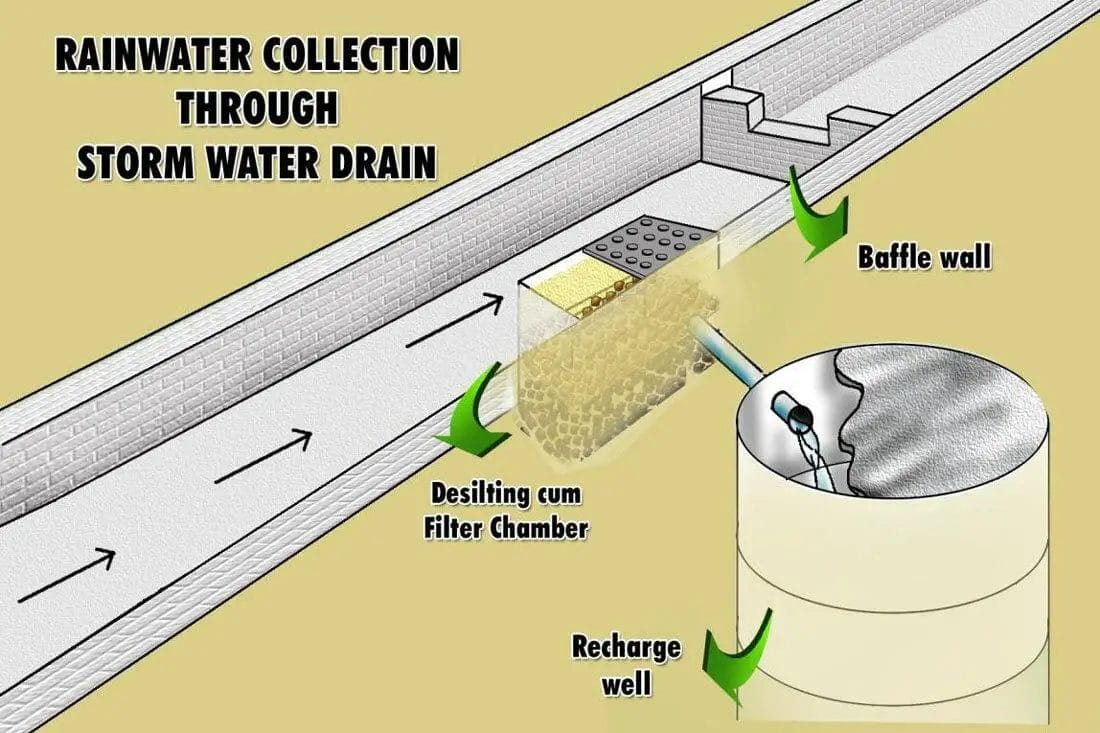
This method of acquiring rainwater is predominant in urban areas. As water flows by as surface runoff, it can be collected and used by engaging the right manner.
Rooftop Rainwater Harvesting
The rooftop rainforest harvesting is a system of collecting rainwater when it falls on it (rooftop).
The collected water can either be preserved in a tank or channeled to an artificial recharge system. It is a very affordable and resourceful method of collecting rainwater if rightly implemented. It also helps to increase the groundwater level in that area.
Rainwater Harvesting Through Solar Panels
It is a modern method of acquiring rainwater. It involves the use of a solar hydro-panel to harvest rainwater.

The system works like the typical solar panel, but instead of just collecting solar energy, the solar hydro-panel uses the sun rays to pull water from the air.
Rainwater That Is Safe for Drinking
Rainwater is safe for drinking if collected the right way and kept in the proper storage container. However, if done wrongly, it can result in harmful health conditions.
In that regard, the safest rainwater for drinking is those that are collected using the storage containers. You can get storage containers made by reputable companies that produce steel rainwater tanks that are made for directly harvesting rain.
If you reside in the urban areas, ensure to filter your water first before drinking or cooking with it. Ensure your rainwater settles for some time before using, so that massive particles can sink to the bottom first.
How to Harvest Rainwater
Harvesting rainwater is straightforward, but one must be careful during harvesting to prevent collecting harmful particles alongside.

There are some considerations to look out for when harvesting, and here is a step by step method you need to know about collecting potable rainwater.
Step 1. Determine if Collecting Rainwater is For You
Often, we are unaware that rainwater collected naturally is not as healthy as they appear. Although it comes from the sky into whatever storage you use to acquire, contaminants and other unhealthy particles also come with the flow.
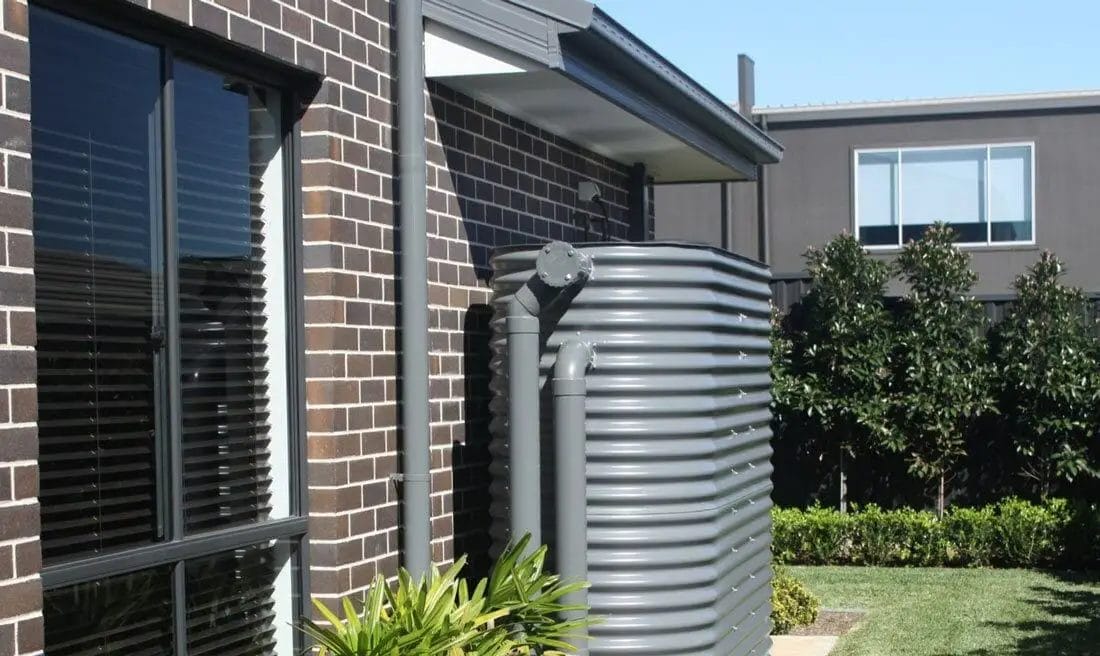
The tendency to have contaminants in your water is more, especially when the rainwater is coming from another source before it gets to your storage.
Rainwater from rooftops is not safe for drinking since many particles and substances, like fecal deposits from animals, may be found on the roof. Some roofs are very poisonous as they have a lot of chemicals or toxic substances. Water collected from such roofs will be highly contaminated.
You should also consider how safe the area where you stay is, as some areas can become too populated and polluted. In such areas, the rainwater is already contaminated before hitting the ground. Some environmental pollutants can readily dissolve in the rain, so collecting rainwater naturally can be harmful unless due preventive measures are observed.
Step 2. Research Local Laws
Know the reaction of your state toward the collection of rainwater. However, the laws and regulations concerning rainwater harvesting differ from one country to another as some state rules are stricter than others.

So, ensure to know the laws that guide the collection of rainwater from your state before proceeding. Some states like Texas, Virginia, and Rhode Island are okay with collecting rainwater and tend to reduce their tax payments for people who get the equipment. However, some other States frown at the idea of rainwater collection.
Step 3. Calculate Your Water Requirements
Now is the time to discover the amount of rainwater is sufficient for you and your family. But before arriving at this point, you have to consider the local average rainfall chart to know the total average rainfall and the month which receives the most and least rain. You will know how much water you should need and harvest every time.

Also, you should determine the reason for the rainwater harvest. Are you getting it for total sustenance, for irrigation and supplying your homestead animals? Is it a form of emergency water backup? And more. Your answer to these questions is what will determine the amount of rainwater you should store.
After deciding the amount of water you need, you can then use the quarterly drought system as a check to determine how much you need to store. However, if your area has an extended period of no rain, you have to save as much water to last.
Step 4. Learn How a Water Harvester Works
The way a water harvester works is quite simple. Rain falls into the roof and is guided to the storage container. Doing so is simple, but storing it the right and healthy way requires a bit of intelligence. Here are the essential components you need to harvest rainwater:
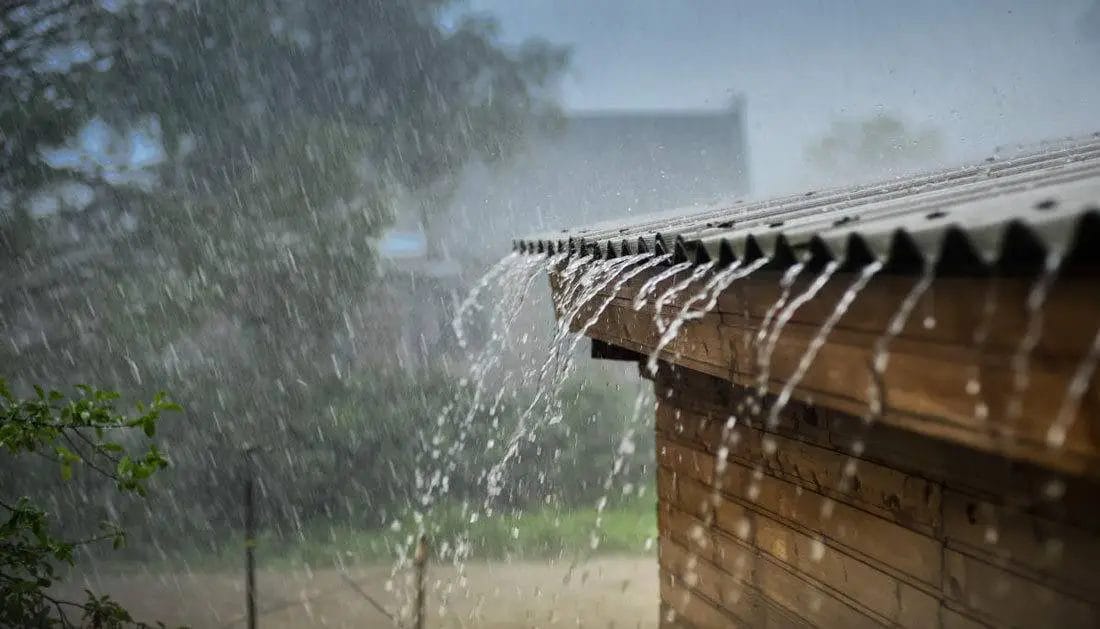
Catchment area for collecting rainwater. You will also need a roof flushing system alongside to rid the catchment area of dirt that may have accumulated with time.
Storage tank
Transfer system for connecting the catchment surface to your storage tank.
Water filter delivery system for transferring water from your storage tank to your home for use.
- Creating a surface that can collect rainwater as it comes. Construct it in a way that it slopes in the direction you desire. The ideal material for this construction is corrugated tin. Stone, concrete, and clay roof may work, but you may lose your water when they soak. Wood and asphalt are a no go as your water may absorb toxins.
- Constructing a flush system and conveyance system. For the flush system, you can use PVC piping that uses gravity, and run the conveyance system into a storage tank. You can also choose to place your container either above ground or underground.
- Screening your tank and catchment surface to protect bits of organic matter like leaves. Also, endeavor to build your system far from trees to avoid insects from falling into it.
- Setting your water filter for due treatment, and the last part is to plug in your delivery system, and all is set.
Step 6. Consider Upgrading to an Industrial Water Harvesting Unit
After successfully creating a smaller system, you can aim higher to create a bigger one. There are underground and above ground pre-made water harvesting units that you can buy.
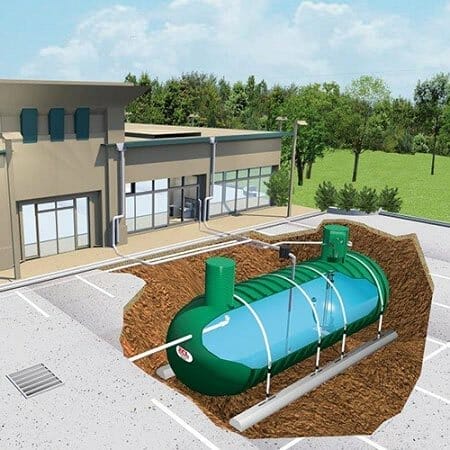
Underground water tanks will let you add value to your land and your home. Also, it will be subjected to the danger of being tampered with in times of natural disaster or take up a vast expanse of land.
How to Purify Rainwater for Drinking
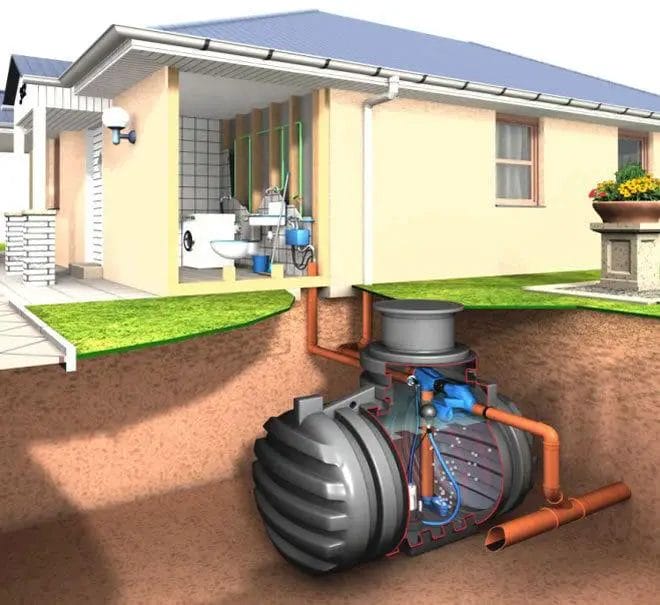
Distillation
This method of rainwater purification involves separating rainwater from contaminants and purities by heating. The water is then collected through condensation.
Ultraviolet Light
When using a UV light for disinfecting your rainwater, ensure to pass it through a purification system first.
If the water does not go through filtration first, bacteria will cast a shadow in the flowing water, leaving them unharmed after passing through the system.
UV light does not alter the chemical composition of the water; all it does is disrupt the organism's cell wall and disrupt the genetic makeup.
Filters and Disinfection
The effectiveness of filters is measured by the smallest particles they can filter.
For rainwater, the filter should be like 50 microns to filter insects, sands, and other particulate matter. After filtering, you can use other water disinfection processes like chlorination, membrane filtration, or UV light.
Membrane Filtration
Membrane filtration involves the process of pushing water through layers of materials. Although it is more expensive than the other disinfection processes, it is one of the technologies that can remove pharmaceuticals from water without leaving by-products.
Germs and Other Contaminants of Rainwater
Rainwater is not as safe as you think, which makes it quite unsafe to drink. When rain falls, it can wash different contaminants like bird poop, which ends up on the roof, into your water. Rainwater can also carry bacteria, viruses, and other chemicals that are harmful to the body.
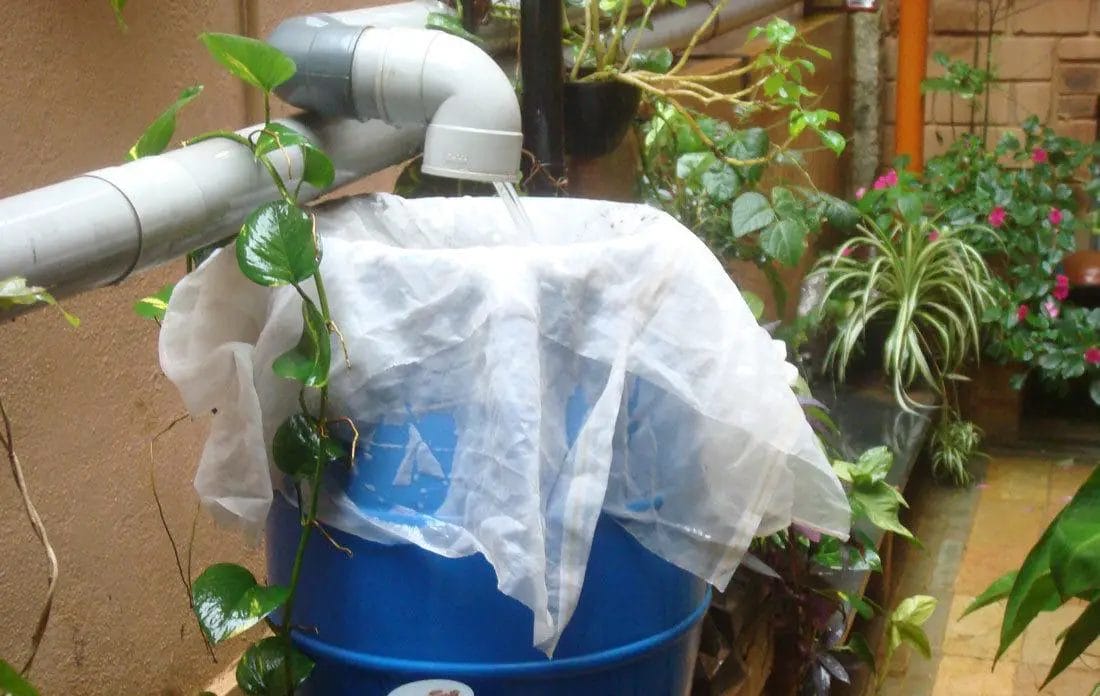
The tendency of falling sick due to the use of rainwater depends on one's location, the frequency of rain, the season, and your method of collecting and storing it.
Rainwater can get contaminated with dust, soot, and smoke, which can dissolve before it gets to the roof.
Also, roofing materials, piping, and storage materials can introduce harmful chemicals like asbestos, lead, and copper to the rainwater.
Rain barrels do not provide any form of filtration or protection from contaminants! However, you can add chlorine or iodine to the water, but it will not protect you from chemicals. Some parasites are also chlorine-tolerant.
You can also decide to boil your rainwater to kill the germs, but this will not remove harmful chemical compounds.
Using a first flush diverter will help prevent some of these contaminants.
You can also use cisterns, but ensure to add a screen to the water inlet or drain out the water in less than ten days to avoid mosquitoes from breeding in it. Ensure that you filter, disinfect, and get your rainwater tested regularly.
Benefits of Rainwater Harvesting
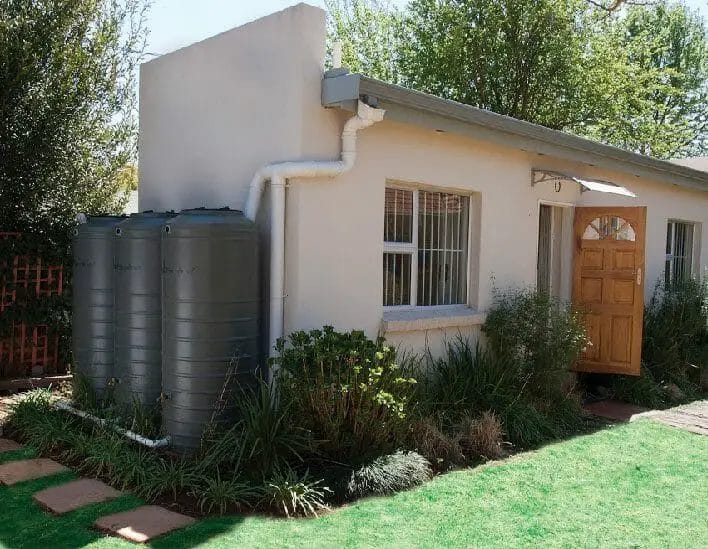
Save Money
Setting up a rainwater harvesting system will save you from purchasing water to meet your needs. It will, in turn, augment the cost of setting up the rainwater harvesting system.
Total Water Control
With rainwater, you have complete control over your water supply and usage without waiting for any water authority permission.
For Landscape Plants
Since rainwater is not chlorinated, it is useful for gardening and other farm activities.
Saves Drainage Issues
Most areas experience flood and erosion after rain. Harvesting rainwater will help prevent your property from flooding.
Water Back-Up
Rainwater can function as a backup source to wells and municipal water.
Inexpensive and Easy to Maintain
Setting up a rainwater harvesting system is relatively cheaper and easier to maintain than tap water.
Additional Tips
Learn How a Water Harvester Works
The fundamentals of a rain harvester are rather easy. But doing this in an efficient and sanitary manner takes a little creativity. You may need 7 Standard elements to harvest rainwater:
Catchment Surface
The catchment surface denotes the roof that will accumulate rainwater. Usually, the more significant, the better, as square footage will permit you to save more rain. The catchment surface is just one of the most crucial sections of rain.
Roof-Washing and First Flush Method
Considering that the catchment surface will be subjected to the components, it will certainly become filthy. As you want to clean your car now and then, your roofing requires a fantastic cleaning, also.
Luckily, you can let Mother Nature do the task for you using a roof-washing and original flush system. This collects the first couple of inches of rain and discards it at a flush method, eliminating debris naturally at the start of every rain.
Storage Tanks
You may want a couple of storage tanks to store your water. It’s also your primary concern regarding maintaining your system sanitary as it’s going to be where water may stagnate.
Conveyance System
The conveyance system is the thing that joins the catchment surface into own storage tanks. This system may be as straightforward as a gutter top from the roof into a tank, but in case you’ve got several tanks, multiple catchments surface underground storage, then the machine can find a bit more complicated.
You’ll require the display to keep things off your roof and from your saved water. Likewise, they could permeate your water storage and lead to illness.
How To Collect Rainwater For Drinking
Conclusion
Having gone through all the essentials of collecting rainwater for drinking, endeavor to apply the necessary caution, especially when buying rainwater harvesting materials.
The how to collect rainwater for drinking article is an eye-opener to easy and straightforward ways of collecting rainwater.
A lot of people have been engaged in this system for a long time. All you have to do is ensure that yourmethod of rainwater collection is the safest. With a little bit of ingenuity, diligence, and some attention to details, you can have a lifetime supply of water from rainwater.
We will love to hear from you regarding your experience.
Sarah J. Gregory
352 Hershell Hollow Road
Anaheim, CA 92805






